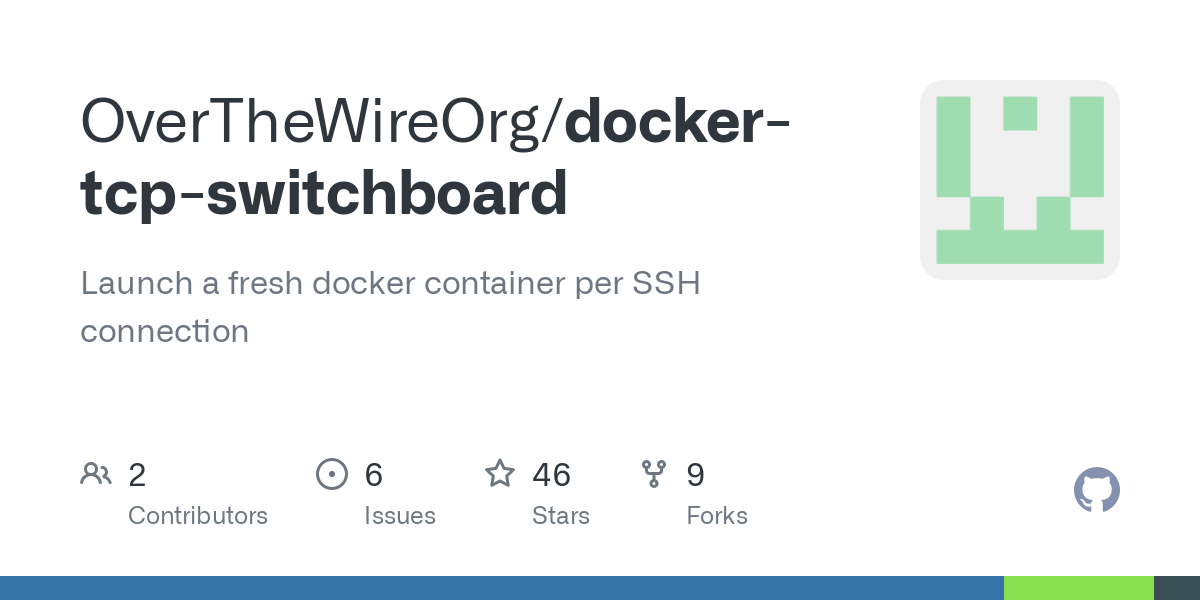

No one complained when s6, another init system, also offered a sudo alternative (before systemd did, too). But when Poettering does it, it’s bad and wrong and ununixlike!
Maybe setuid has been extremely problematic, and more than one entity has sought alternatives?









You could say the same thing about sudo. Sudo’s codebase is massive, compared to alternatives like doas, but it comes with many features doas does not have, like being able to ask a remote LDAP server if a user will be able to escalate.
I find it absurd that we have just simply accepted the idea of a setuid binary with built in networking code, as our primary admin escalation tool. 100,000+ lines of C code, code that has had multiple buffer overflow exploits*, in a setuid binary, just for temporary admin privileges. Does that seem necessary to you?
Polkit provides an alternative to that. If you don’t need the features, then fine, you don’t have to use run0 — but then you can’t use sudo without being a hypocrite. No longer do I have to have rely on a setuid binary that tries to do everything in one program when I really need sudo’s features, instead polkit handles authentication (including asking remote resources if an action is okay), and run0 handles actual escalation.
In another comment in this thread, you mention sudo being lightweight — which is outright false. Compared to doas or su, it’s extremely heavyweight, and with that complexity comes more risk of vulnerabilities. You also mention pkexec, for executing with polkit, but pkexec is also setuid, and has many of the same pitfalls.
*Buffer overflow exploits in sudo: